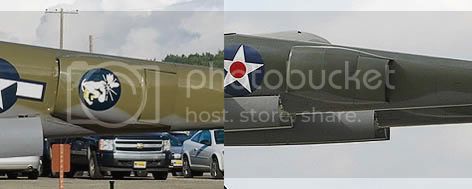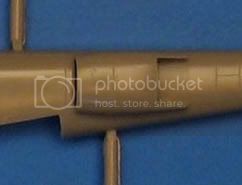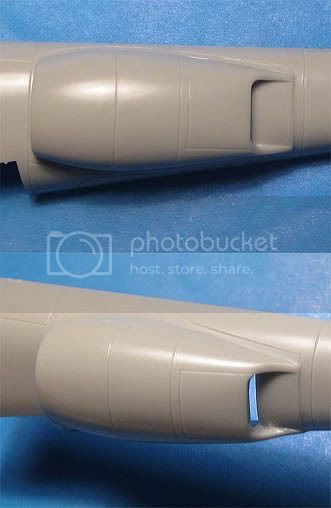I would be curious to know as well...
I can see at least one reason why one would want to avoid the Hasegawa kit for an early P-38, or any P-38: The plan view of the wingtips is way too skinny and pointy, and this is very difficult to fix because the discrepancy is at the trailing edge.
This is quite evident from the typical table display angle, so is not a minor rivet counting issue but something anyone could easily pick out from ten feet or more...
The Hasegawa kit has a good nose tip shape in that it is skinny in plan view, yet has the correct "flat" portion on the front top that is somewhat missing from Monogram and Academy kits, but on later J/L models the Hasegawa glass looks definitely too "tall" compared to the nose.
The big problem with both the Academy and Hasegawa kits is that the canopy rear fixed piece cross-section on both is completely wrong, only the 48 year old Monogram kit having got it right: The real P-38 rear glass is lower and broader, with a sharper more "triangular" shape in its cross-section: Monogram is dead on and the other kits are WAY way out... Monogram's canopy, when using a Squadron/Falcon replacement canopy derived from it, is really the best in several other ways as well...
On top of that, the bottom side bulging of the Monogram late cowlings is much better. The poor fit is quite difficult to clean up even when addressed preventively by the carving and bending of parts, but it is still the best late P-38 in overall outlines except that it is 3 mm short in span, which is easy to fix by adding 1.5 mm to the tip of each of the wingtips, as is fixing the lack of "upturn" on said wingtips...
If the Monogram surface detail can be preserved while fixing the joints (not an easy task), the amazing surface detail on the Monogram kit makes the other two kits look dead "flat" and smooth, almost toy-like in comparison... Monogram's raised lines and rivets are not accurate by being raised, but they are correctly placed and amazingly fine: The detail is just stunning to look at, and is in addition quite correct in placement and distribution.
On an older silver plastic kit issue, painted with a camo scheme, this would allow a very accurate, and observed, "wear through" effects on the rivetting of the wing's walking areas by sanding lightly the Olive Drab paint through to the silver undercoat: Monogram's chosen depiction of an L is a downer though for OD camo schemes, as filling the wing leading edge light would damage a lot of the super-fine rivets...
On the plus side, Monogram's depiction of the later J-25/L's dive brakes is so (wrongly) discrete it could easily be ignored to make a camoed "J"...
Gaston








 Neither of them has been reviewed here yet.
Neither of them has been reviewed here yet.

































